Carnegie Primary School and Nursery in Dunfermline has received high praise from inspectors.
HM Inspectors of Education rated it very good in all areas assessed during a recent visit.
With 642 children in the school and 81 in the nursery, it is Fife’s largest primary school.
We pored over the report published by Education Scotland yesterday to see what makes Carnegie Primary School so good.
Here are 10 highlights from the inspectors’ findings.
Why Carnegie Primary School is very good
- Head teacher Julie Journeaux is held in very high regard, said to be kind, open and ambitious. She, her three deputes and other senior leaders provide clear guidance for staff and have the confidence of parents.
- High standards of pupil behaviour. Almost all children listen attentively and work very well in pairs and groups. Creative approaches during lessons mean almost all children are eager and highly motivated.
- Children are respectful, kind, and articulate. They are very proud of their school and nursery.
- Lessons are planned to allow almost all children to be challenged and to learn at the pace they need.
- Teachers use digital technologies effectively, including interactive whiteboards, visualisers and digital matrix codes. Almost all children are confident in using programmable toys, online applications and search engines.
Carnegie Primary School has respectful, kind and articulate children. Image: Google Maps. - PE lessons are high quality, including a range of sports. Children identified as inactive receive targeted support to take part in the likes of swimming and football.
- Senior leaders make being at the school gate at the start and end of the day a priority. This is so they can welcome and see off children and be available to parents who want to speak to them.
- Staff have a detailed overview of children with additional support needs and plan effective interventions and strategies to address any gaps in their learning. They are supported effectively in this by pupil support assistants.
- Children’s attainment in literacy and numeracy is very good overall. Since the negative impact of Covid-19, attainment has improved and an increasing number of children are ahead of expected levels.
- Carnegie Primary School nursery has a nurturing ethos and children given rich experiences indoors and in the large outdoor space. Children go on regular outings.
Strong teamwork and consistency
Staff are delighted with the inspectors’ verdict on Carnegie Primary School.
Mrs Journeaux said: “As such a large school community it takes a considerable amount of commitment and co-operation from everyone, to foster strong teamwork and consistency in learning and teaching approaches, so it is great to see this highlighted as a strength.”
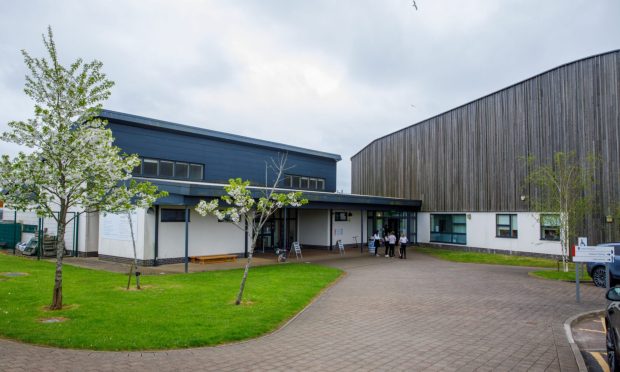
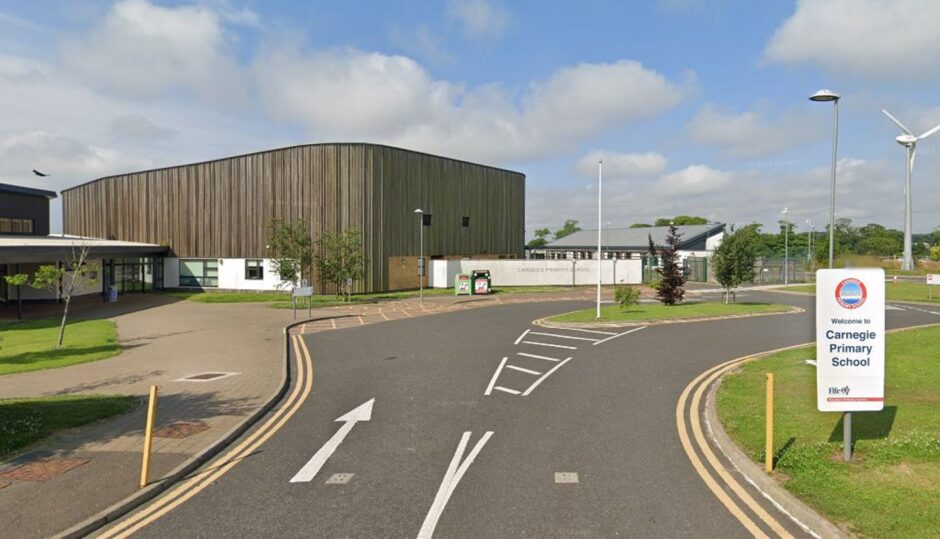

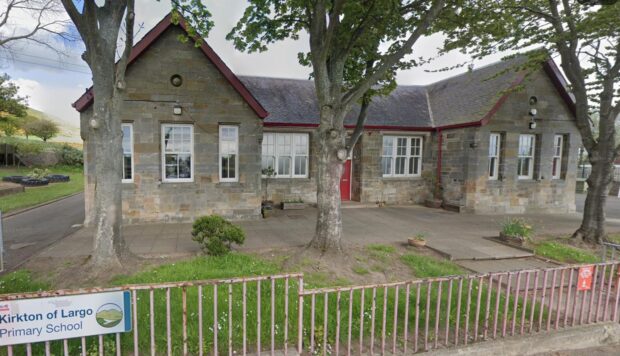
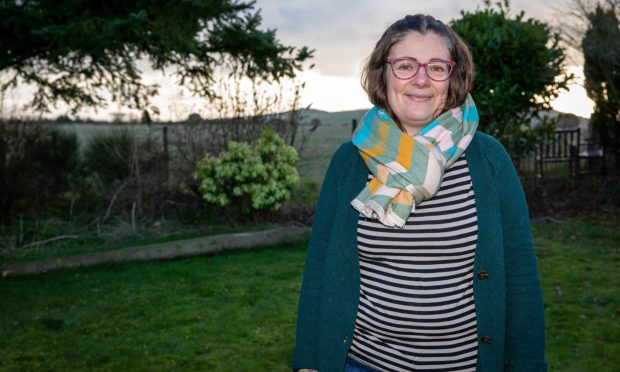
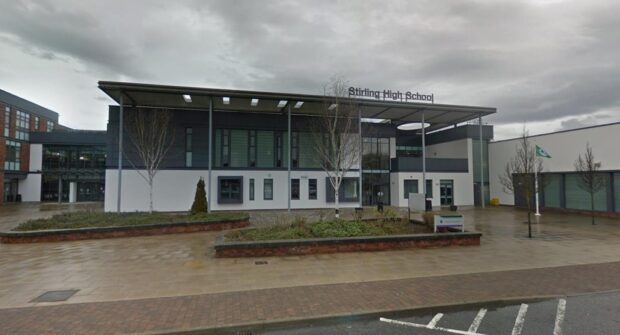

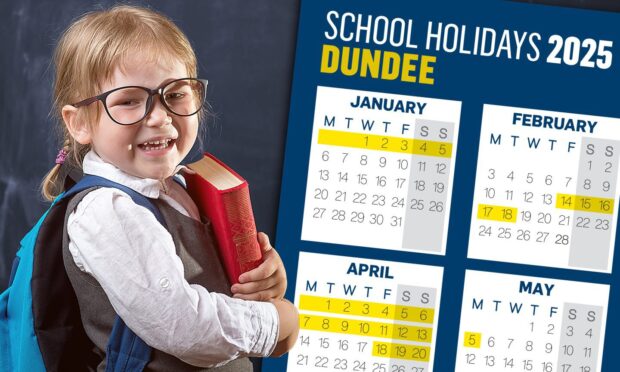
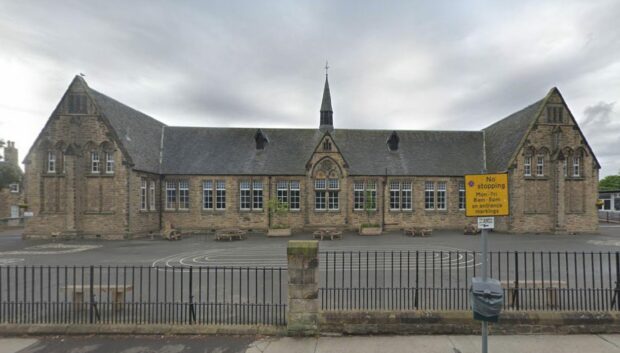


Conversation